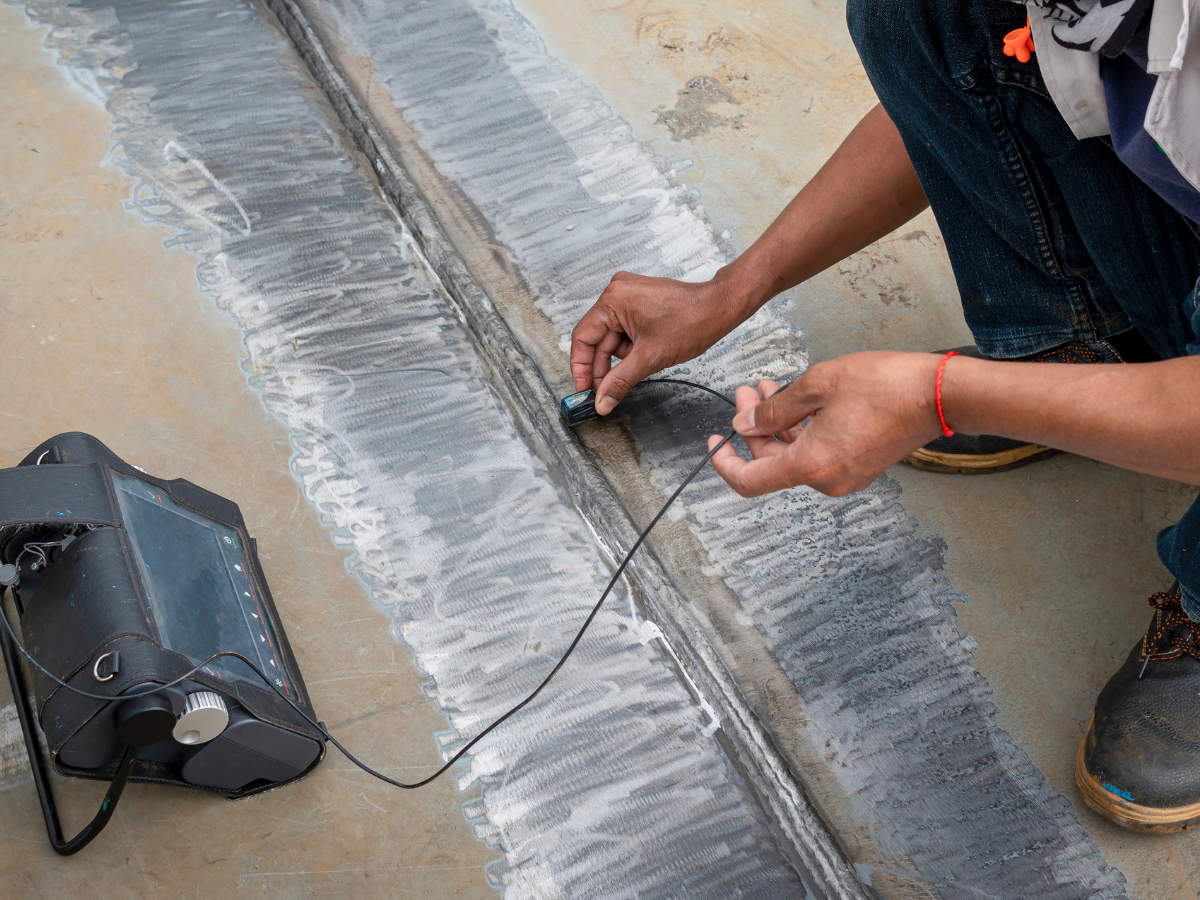The Role of NDT in Predicting the Lifespan of Materials and Structures
June 5, 2023
Non-destructive testing (NDT) is a crucial tool for predicting the lifespan of materials and structures. NDT techniques can detect flaws, defects, and other forms of damage in materials and structures without damaging or altering the tested components. This is particularly useful for materials and structures that are difficult or expensive to replace, such as bridges, pipelines, and aircraft.
NDT techniques can provide valuable information about the integrity and safety of materials and structures. By detecting and measuring the size and extent of defects, NDT can help engineers and technicians determine if a material or structure is safe for continued use, or if it needs to be repaired or replaced.
NDT techniques can be used on a variety of materials, including metals, plastics, ceramics, and composites. Some common NDT techniques include ultrasonic testing, radiography,
magnetic particle inspection, and visual inspection.
Ultrasonic testing
is one of the most widely used NDT techniques. It uses high-frequency sound waves to detect defects and measure the thickness of materials. Ultrasonic testing can be used on a wide range of materials, including metals, plastics, and composites.
Radiography is another important NDT technique. It uses X-rays or gamma rays to detect flaws and defects in materials and structures. Radiography is particularly useful for detecting hidden defects, such as cracks or voids, that may not be visible during visual inspection.
Magnetic particle inspection is a technique that uses magnetic fields and iron particles to detect surface and near-surface defects in ferromagnetic materials, such as steel. This technique is often used to inspect welds and other critical components.
Visual inspection is the simplest and most basic NDT technique. It involves visually inspecting the surface of a material or structure for defects and damage. While visual inspection is not as sensitive as other NDT techniques, it can still be useful for detecting obvious defects and damage.
NDT techniques can provide valuable information about the lifespan and durability of materials and structures. By detecting and measuring defects and damage, NDT can help engineers and technicians determine if a material or structure is safe for continued use, or if it needs to be repaired or replaced. This can save time and money, as well as help prevent catastrophic failures that could result in injury or loss of life.
In conclusion, NDT plays a vital role in predicting the lifespan of materials and structures. It provides a non-destructive and cost-effective means of detecting flaws and damage and helps ensure the safety and integrity of critical components. With the continued development of new NDT techniques and technologies, we expect to see even more advances in this field in the coming years.
Steel City NDT
has the skills, resources, and knowledge to identify flaws, damages, and areas needing improvement. Call Steel City NDT today to discuss your project needs. Steel City NDT can design a plan that is catered to your budget and timeline. With Steel City NDT, you’re in great hands!
Call today!
You might also like





